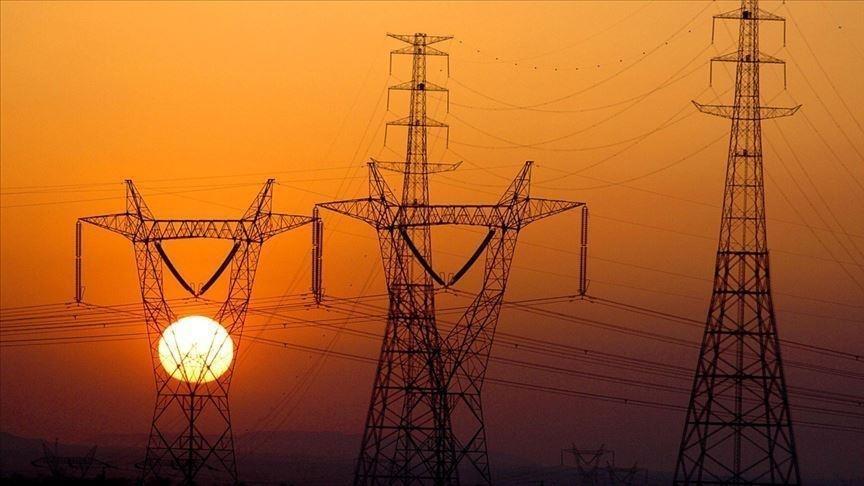Electricity demand in the Middle East and North Africa (MENA) is expected to increase by 50% by 2035, equivalent to the current demand of Germany and Spain, according to the latest report from the International Energy Agency (IEA).
The IEA's report, The Future of Electricity in the Middle East and North Africa, found that between 2000 and 2024, demand in the region tripled, rising by more than 1,000 terawatt-hours (TWh), making MENA the third-largest contributor to global electricity growth after China and India.
Rising temperatures, more than twice the global average, have made cooling a major electricity driver, accounting for nearly half of peak demand and a quarter of annual use.
Air conditioning is projected to remain the main factor behind future demand growth.
The region also faces extreme water stress, with seven of the world's eight most water-stressed countries located in MENA.
Desalination, which produced 12 billion cubic meters of water in 2024, is expected to triple by 2035, shifting to electricity-powered reverse osmosis technologies.
Together, cooling and desalination are projected to drive almost 40% of the region's electricity demand growth.
- Fossil fuels dominate energy mix
Currently, oil and natural gas dominate the electricity mix, supplying over 90% of generation. Gas accounted for 70% and oil 20% in 2024, with oil-fired plants particularly prevalent in Iraq, Saudi Arabia, and Kuwait.
Subsidies across the region maintain low domestic energy prices and high consumption, even in net importers such as Egypt, Lebanon, and Morocco.
Coal contributes less than 5%, except in Morocco where it plays a larger role.
- Use of natural gas to keep expanding, complemented by solar
Natural gas use is expected to expand further, supporting half of electricity growth by 2035, while oil's share falls to 5%.
Solar photovoltaic (PV) capacity is set to increase tenfold to 200 GW, raising renewables' share of generation from 6% to 25%.
Falling costs, abundant resources, and reduced reliance on oil and gas are driving this growth, with solar also enhancing energy resilience in conflict-affected countries.
Nuclear power is also expanding, with five reactors operational and five more under construction in Egypt and Iran.
Saudi Arabia and the UAE are planning additional units. Nuclear capacity is expected to triple to 19 GW by 2035, offering a low-emissions, reliable source of energy to strengthen grid stability and security.
By Ebru Sengul Cevrioglu
Anadolu Agency
energy@aa.com.tr


